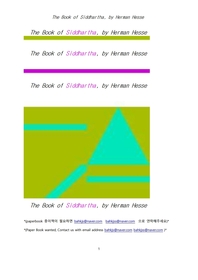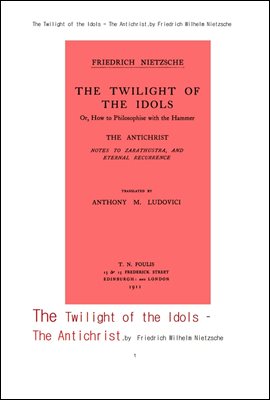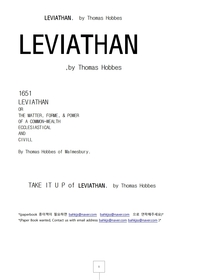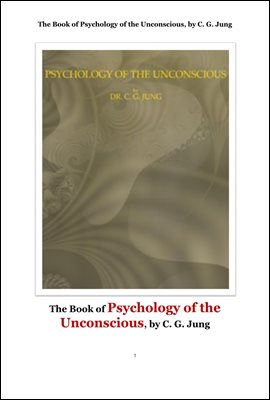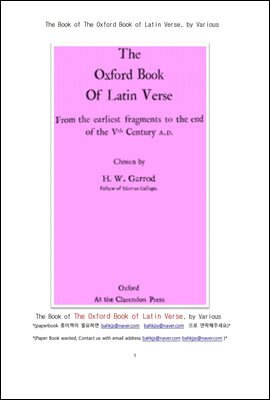책소개
톨스토이의 예술이란 무엇인가? .The Book of What Is Art?, by Leo Tolstoy
러시아 작가 톨스토이가 쓴 책으로 주로 미학 문학 비평에 대한 예술에 관한 정의및 비평의 글로서 목차및 본문에서 확인.
WHAT IS ART?
BY
LEO TOLSTOY
TRANSLATED FROM THE ORIGINAL MS.,
WITH AN INTRODUCTION BY
AYLMER MAUDE
NEW YORK
FUNK & WAGNALLS COMPANY
1904
Author: Leo Tolstoy
Translator: Aylmer Maude
목차
Contents
INTRODUCTION v
AUTHOR’S PREFACE xxxiii
CHAPTER I
Time and labour spent on art―Lives stunted in its service―Morality sacrificed to
and anger justified by art―The rehearsal of an opera described 1
CHAPTER II
Does art compensate for so much evil?―What is art?―Confusion of opinions―
Is it “ that which produces beauty” ?―The word “ beauty” in Russian―Chaos in
æsthetics 9
CHAPTER III
Summary of various æsthetic theories and definitions, from Baumgarten to today 20
CHAPTER IV
Definitions of art founded on beauty―Taste not definable―A clear definition
needed to enable us to recognise works of art 38
CHAPTER V
Definitions not founded on beauty―Tolstoy’s definition―The extent and
necessity of art―How people in the past have distinguished good from bad in
art 46
xxxviii CHAPTER VI
How art for pleasure has come into esteem―Religions indicate what is
considered good and bad―Church Christianity―The Renaissance―Scepticism
of the upper classes―They confound beauty with goodness 53
CHAPTER VII
An æsthetic theory framed to suit this view of life 61
CHAPTER VIII
Who have adopted it?―Real art needful for all men―Our art too expensive, too
unintelligible, and too harmful for the masses―The theory of “ the elect” in art 67
CHAPTER IX
Perversion of our art―It has lost its natural subject- matter―Has no flow of fresh
feeling―Transmits chiefly three base emotions 73
CHAPTER X
Loss of comprehensibility―Decadent art―Recent French art―Have we a right to
say it is bad and that what we like is good art?―The highest art has always been
comprehensible to normal people―What fails to infect normal people is not art
79
CHAPTER XI
Counterfeits of art produced by: Borrowing; Imitating; Striking; Interesting―
Qualifications needful for production of real works of art, and those sufficient for
production of counterfeits 106
CHAPTER XII
Causes of production of counterfeits―Professionalism―Criticism―Schools of
art 118
CHAPTER XIII
Wagner’s “ Nibelung’s Ring” a type of counterfeit art―Its success, and the
reasons thereof 128
xxxix CHAPTER XIV
Truths fatal to preconceived views are not readily recognised―Proportion of
works of art to counterfeits―Perversion of taste and incapacity to recognise art―
Examples 143
CHAPTER XV
The quality of art, considered apart from its subject- matter―The sign of art:
infectiousness―Incomprehensible to those whose taste is perverted―Conditions
of infection: Individuality; Clearness; Sincerity 152
CHAPTER XVI
The quality of art, considered according to its subject- matter―The better the
feeling the better the art―The cultured crowd―The religious perception of our
age―The new ideals put fresh demands to art―Art unites―Religious art―
Universal art―Both co- operate to one result―The new appraisement of art―Bad
art―Examples of art―How to test a work claiming to be art 156
CHAPTER XVII
Results of absence of true art―Results of perversion of art: Labour and lives
spent on what is useless and harmful―The abnormal life of the rich―Perplexity
of children and plain folk―Confusion of right and wrong―Nietzsche and
Redbeard―Superstition, Patriotism, and Sensuality 175
CHAPTER XVIII
The purpose of human life is the brotherly union of man―Art must be guided by
this perception 187
CHAPTER XIX
The art of the future not a possession of a select minority, but a means towards
perfection and unity 192
CHAPTER XX
The connection between science and art―The mendacious sciences; the trivial
sciences―Science should deal with the great problems of human life, and serve
as a basis for art 200
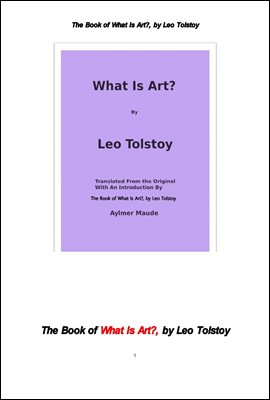
.png)
